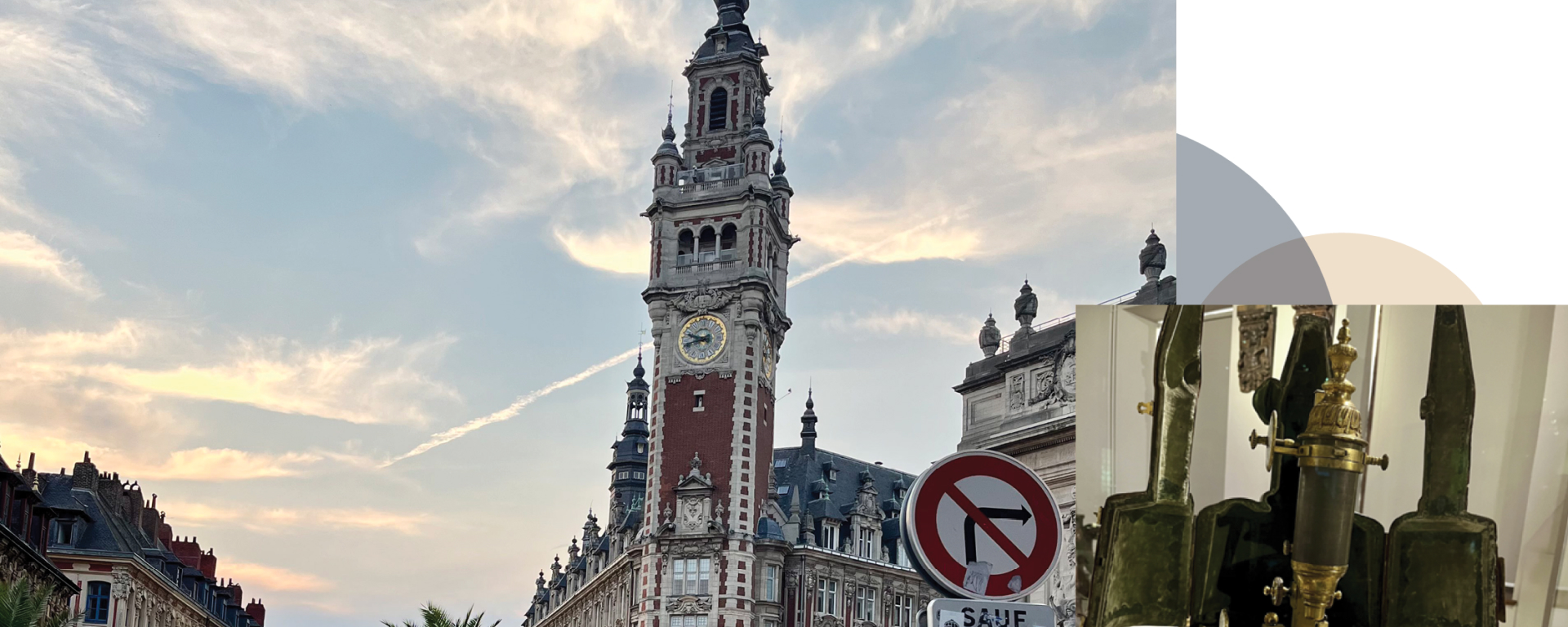by Sara Shariati
Graphic design by Andrew Janeczek
In the realm of medicine, an archetypal debate has always existed between prevention and treatment, especially concerning life-threatening illnesses that are costly to manage. Mesothelioma management and care embody this debate. Mesothelioma is a rare but aggressive cancer with very poor prognosis, found in the lungs’ lining. Mainly found in the elderly, this cancer’s roots often trace back to asbestos exposure.
For years, the bleak treatment landscape for mesothelioma directed the medical community’s energy towards prevention, pushing researchers to continually emphasize the ominous link between asbestos and the disease. Their fervent advocacy bore fruit, culminating in a ban on asbestos in many countries, including Canada, by the late 20th century.
However, times are changing. With breakthroughs in mesothelioma research, the pendulum has swung from prevention to exploring innovative treatments. Since the world has largely turned its back on asbestos, mesothelioma researchers have channeled their energies into crafting new lifelines for the patients. These promising rays of hope took center stage at the 16th International Conference of the International Mesothelioma Interest Group (iMig 2023).
This June, I embarked on a transformative journey. Lille, a historic city in northern France, played host to my first-ever international research conference. There, scientists from across the globe painted a hopeful future, detailing advancements ranging from novel chemotherapy and immunotherapy drugs to radiotherapy and cutting-edge surgical procedures. What truly captivated me was the potential of harnessing gene expression profiles and cell surface markers to move towards personalized treatments for mesothelioma patients. Genomic sequencing of biopsy samples can now help physicians and researchers determine which treatment options might be most effective for the specific patient in question.
The collective efforts of researchers have not only pushed mesothelioma patients closer to personalized medicine than ever before, but they have also increased the average life expectancy for patients from a scant 5 years to an encouraging 12—which is something Dr. Cherperee, iMig 2023 Chair, shone a light on in his opening remarks at the conference. It is astonishing to think about the quick pace of advancements in the field of mesothelioma.
While iMig 2023 was fascinating, attending this comprehensive conference was not the only highlight of my trip to Lille. Post-conference, I walked along the old and storied streets of Lille and went to a couple of its local cafes. Lille’s culinary delights—savory crepes, sweet waffles, and the traditional Flemish dish, carbonade flamande—added flavor to my trip. The Musée de l’Hospice Comtesse, a hospital dating back to 1237, was my favorite tourist attraction in the city. Initially built as a sanctuary by nuns dedicated to caring for the sick, this building later served as a refuge during the tumultuous French Revolution. It now stands as a museum, housing glimpses of Lille’s past and artifacts like an 18th-century microscope.
When looking back on my trip, I see that Lille has gifted me memories rich in knowledge, beauty, and flavour that I will cherish forever.
